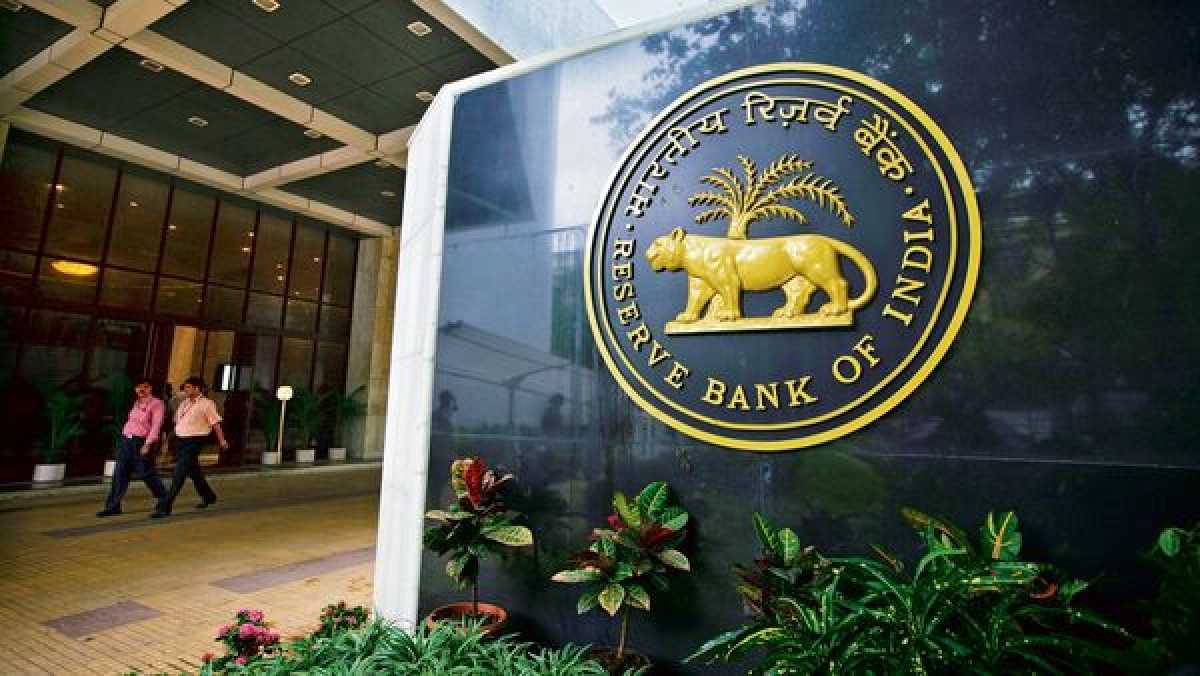Business
RBI Expected to Maintain Repo Rate, MPC Meeting Outcome Awaited

The Reserve Bank of India‘s (RBI) Monetary Policy Committee (MPC) held a three-day meeting after the interim budget for the first policy decision of the calendar year 2024 and the last one of the financial year 2024. It is widely anticipated that the committee will maintain the repo rate at the current level of 6.5 percent. This would mark the sixth consecutive time when the rate remains unchanged. The decision will aim to support the objective of achieving a consumer price-based inflation (CPI) target of 4 percent.
According to brokerage house Nuvama, the MPC may keep the repo rate unchanged this week but may soften its monetary stance to ‘neutral’ from ‘withdrawal of accommodation’. Nuvama expects the RBI to indicate the end of tightening by softening its stance, although it does not foresee any immediate rate cuts. The agency also highlights the importance of RBI’s actions and guidance on liquidity management.
The upcoming MPC meeting will also focus on several key trends, including economic growth, inflation, liquidity management, domestic demand, fiscal balance, and the external situation. Ajit Kabi, Research Analyst at LKP Securities, projects a growth rate of 7.3% driven by strong investment growth and improved industrial performance, while expressing concerns over slower consumption demand and agricultural headwinds.
Regarding inflation, higher food prices have contributed to headline inflation staying at 5.7%, although core inflation remains stable below 4%. The RBI has emphasized the need for headline CPI to revert towards the 4% target. However, Nuvama notes that core CPI has been easing consistently, suggesting muted second-round effects of high food inflation.
Liquidity management remains a key focus for the RBI, as it continues to address tight money market conditions. Despite some moderation, liquidity in the banking system has remained in deficit, impacting overall money market conditions and the yield curve. Government spending is expected to alleviate liquidity deficits to some extent, but tight conditions are anticipated to persist.
In terms of domestic demand, rural demand has failed to recover, and various indicators point to slower growth in sales, consumption, and top-line revenues. The latest Union Budget indicates steep fiscal consolidation and suggests the global monetary backdrop is transitioning towards the end of the tightening cycle.
Furthermore, the external situation remains favorable, with narrowing trade deficits and robust foreign exchange reserves. Projections for the overall current account deficit indicate a modest figure of 1.2% of GDP. Anticipated factors such as India’s inclusion in the JP Morgan bond index and potential incorporation in Bloomberg EM Local Currency indices are expected to sustain Foreign Portfolio Investment (FPI) flows.
In summary, the economic outlook appears positive with steady core and wholesale inflation. With the arrival of Rabi harvests, headline inflation is expected to settle down. The RBI is likely to support economic growth while maintaining a cautious stance on inflation, resulting in an unchanged policy rate and a possible shift in stance to NEUTRAL.












